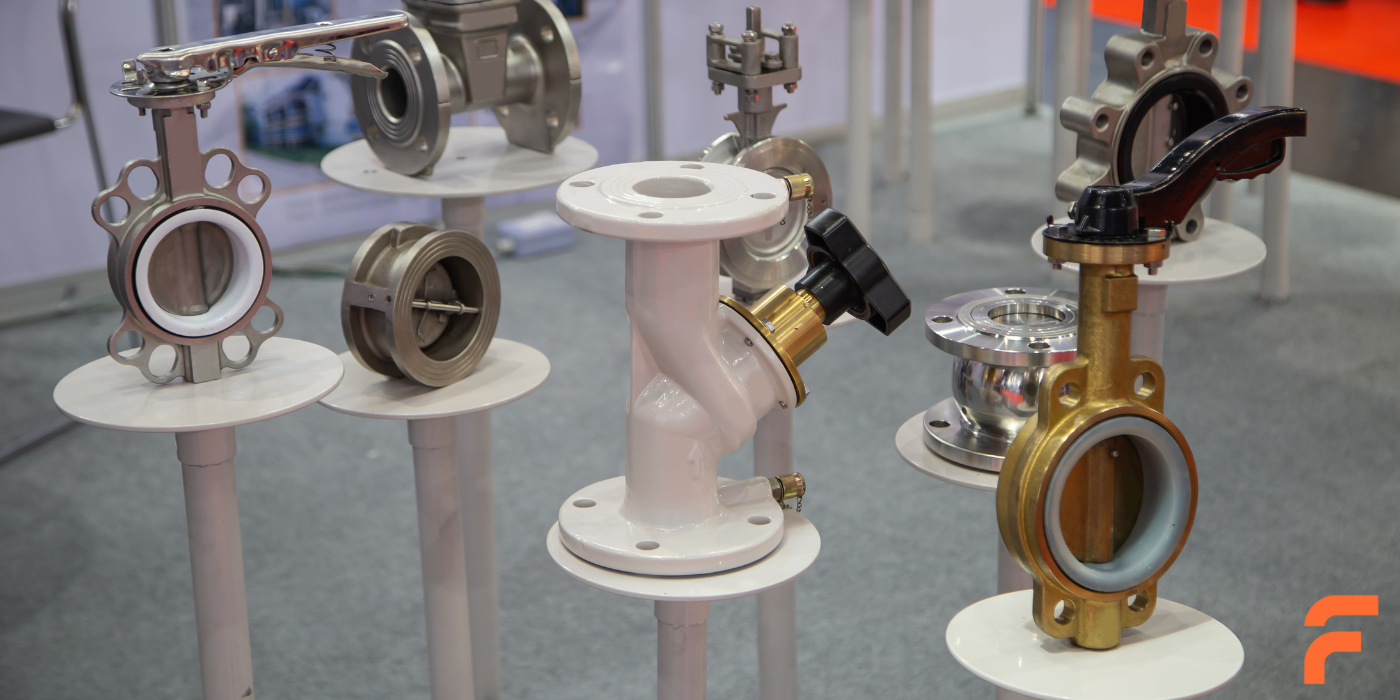Foundries are vital to the manufacturing industry, converting raw materials into essential components for sectors such as automotive, aerospace, and beyond.
What is a Foundry?
A foundry is a specialized facility where metal casting processes occur. Here, metal is melted, poured into molds, and solidified to produce a wide range of products. Foundries work with various metals, including iron, steel, aluminum, bronze, and brass, each offering unique properties suitable for different applications.
The Foundry Process: A Detailed Overview
1.Pattern Making
The foundry process starts with pattern making. Patterns are exact replicas of the final product used to create molds. These patterns can be crafted from wood, plastic, or metal and must account for material shrinkage during cooling.
2.Mold Making
After the pattern is prepared, the mold is created. Molds can be constructed from sand, ceramic, or other refractory materials, depending on the casting method. There are two primary types of molds:
-
- Expendable Molds: Typically made from sand and used only once.
- Permanent Molds: Made from metal and reused multiple times.
In sand casting, the pattern is placed in a mold box, and sand mixed with a binding agent is packed around it. The pattern is then removed, leaving a cavity in the shape of the desired part.
3.Melting and Pouring
The subsequent step involves melting the metal. Foundries employ furnaces to heat the metal until it becomes molten. Various types of furnaces, including electric arc furnaces, induction furnaces, and cupola furnaces, are used based on the specific metals and applications.
Once molten, the metal is carefully poured into the mold cavity. This stage requires precision to ensure complete filling of the mold without defects.
4.Cooling and Solidification
After pouring, the metal begins to cool and solidify within the mold. The cooling rate significantly affects the final properties of the cast part. Controlling this stage is critical to prevent defects such as porosity, shrinkage, and cracks.
5.Shakeout and Cleaning
Once solidified, the mold is broken open in a process known as shakeout. The cast part is removed, and any remaining sand or refractory material is cleaned off. Depending on the part’s complexity, additional cleaning processes such as shot blasting or chemical cleaning may be necessary.
6.Finishing and Inspection
The cast part undergoes various finishing processes to achieve the desired surface finish and dimensional accuracy. These processes may include grinding, machining, heat treatment, and surface coating.
After finishing, the part is thoroughly inspected to ensure it meets the required specifications. Inspection methods can include visual inspection, dimensional measurement, and non-destructive testing techniques such as X-ray or ultrasonic testing.
Technological Advancements in Foundries Process
Recent years have seen significant technological advancements in the foundry industry, enhancing efficiency, precision, and sustainability. Key innovations include:
- Automation and Robotics: Automating repetitive tasks and using robots for handling hot metal have improved safety and productivity in foundries.
- 3D Printing: Additive manufacturing techniques are now employed to create complex patterns and molds, reducing lead times and costs.
- Simulation Software: Advanced simulation tools allow foundries to model and optimize the casting process, minimizing defects and material waste.
- Sustainable Practices: Foundries increasingly adopt environmentally friendly practices, such as recycling scrap metal and reducing energy consumption through efficient furnace designs.
Conclusion
Foundries are indispensable to manufacturing, producing essential components for a wide range of industries. The foundry process, from pattern making to finishing, involves a series of precise and controlled steps to ensure high-quality cast parts. With continuous technological advancements, the foundry industry is evolving, offering innovative solutions and contributing to a sustainable future.





